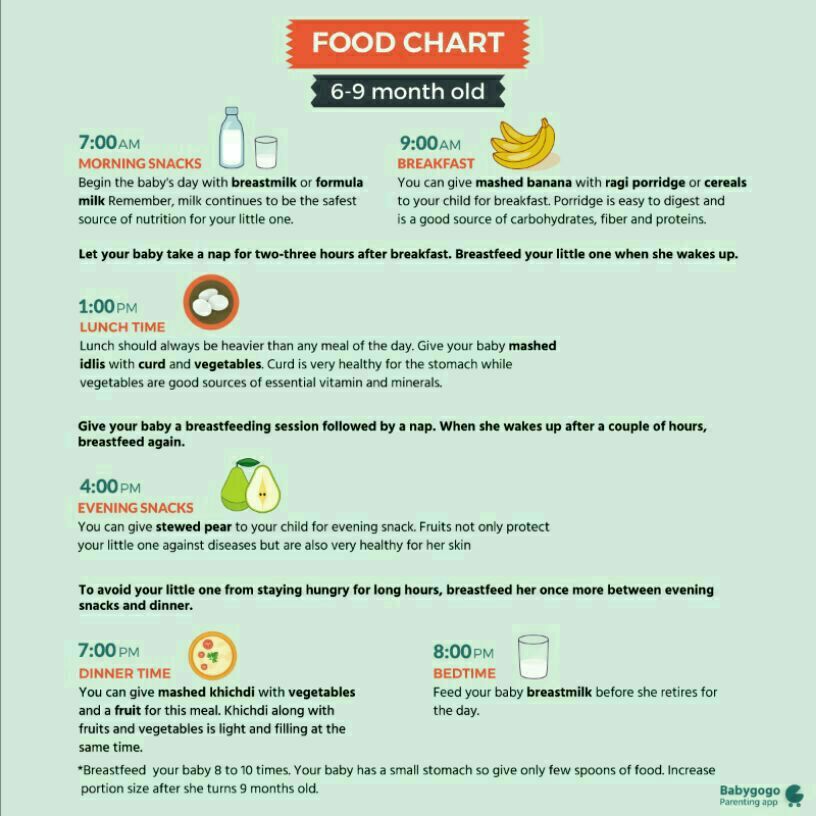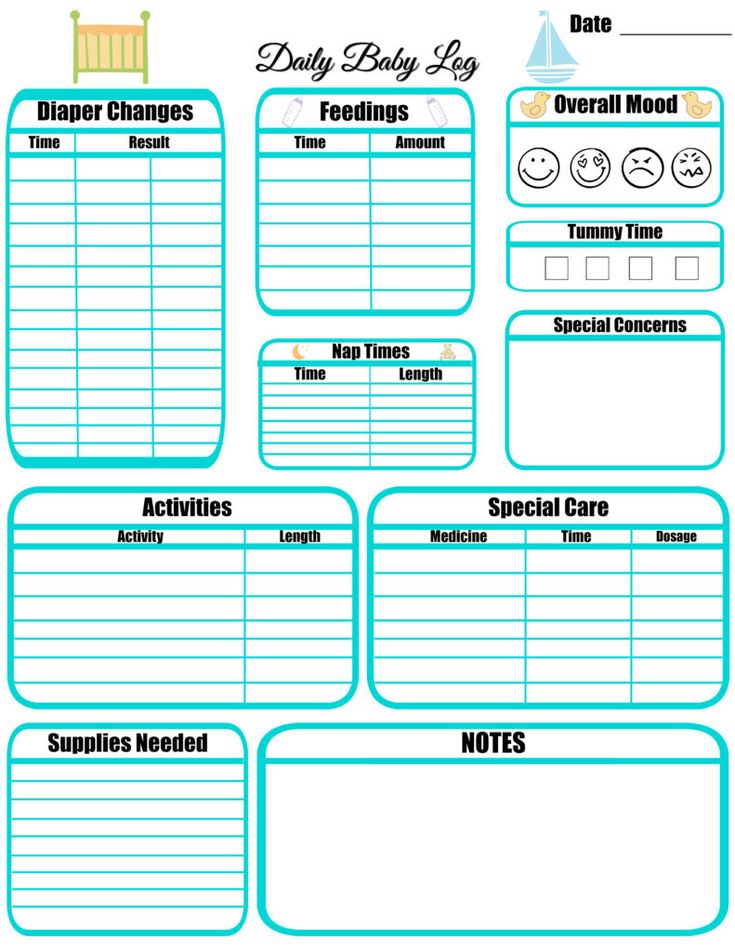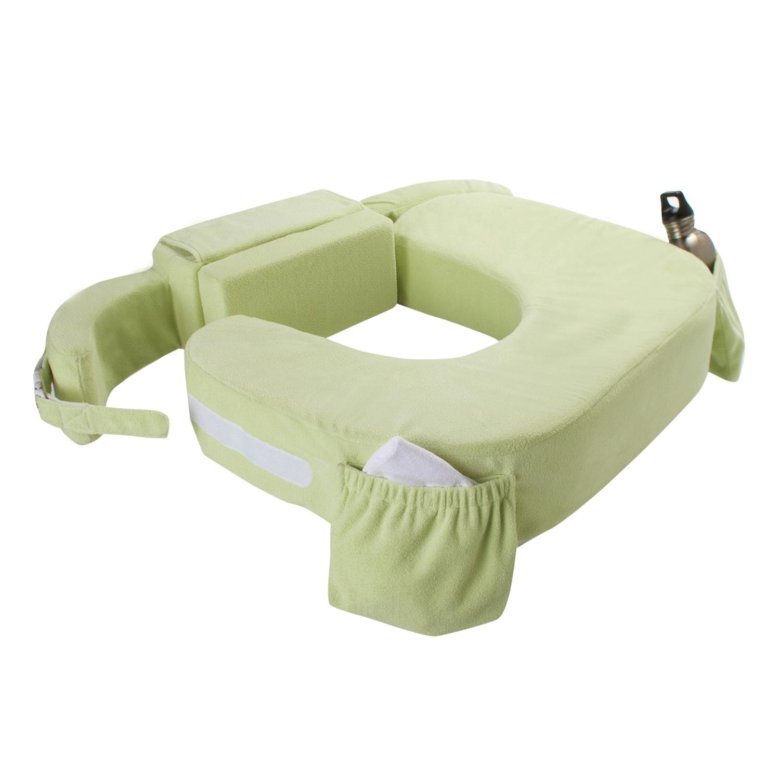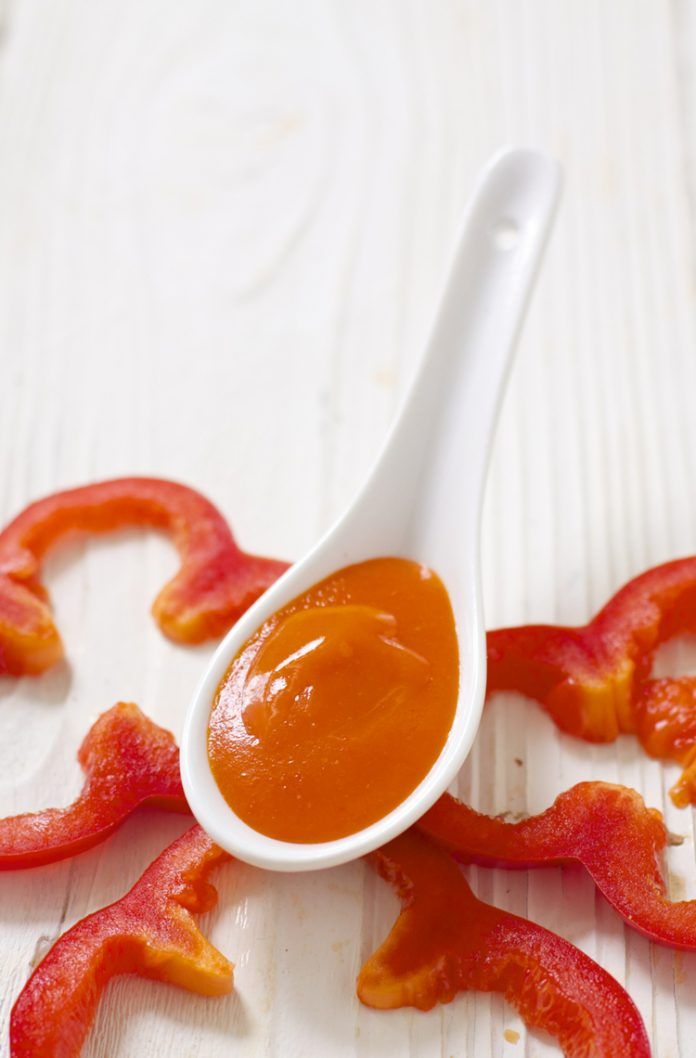Quinoa finger food for baby
Quinoa Balls (Tomato and Basil)
All Posts, by Date » Baby Friendly Recipes » Baby Led Weaning Recipes » Cheese and Tomato Quinoa Balls
Jump to Recipe Print Recipe
These Tomato and Basil Quinoa Balls are perfect for little hands and something the whole family can enjoy.
If you have served quinoa to your baby you might wonder if the clean up is worth the effort. Those little seeds may be nutritious but they do have a habit of getting everywhere!
This is why quinoa balls are fantastic for babies and toddlers. There is no guarantee that they will be mess-free but they should help in reducing it! (fingers crossed)
Of course, these delicious balls aren’t limited to babies, the whole family can enjoy them.
They are:
- lunch-box friendly
- freezer-friendly
- good for dipping
- great for serving with salad
- a vegetarian “meatball” alternative.
What You Need (& Alternative Suggestions)
- Quinoa: Use either white quinoa or tri-colour.
- Onion: For flavour, adds sweetness once sauteed.
- Tomatoes: Crushed or chopped canned tomatoes both work great, you could also use passata.
- Water / Stock: Use water (or homemade stock) if making for a baby (to reduce sodium levels) but if cooking for older kids stock will add more flavour.
- Egg: Used as a binder. This recipe tastes great before baking in balls. If you have an egg allergy you can make the recipe up to the stage you add the egg. Serve it without forming balls.
- Cheese: Grated cheddar adds flavour and helps with the forming of the balls.
- Basil: Adds great flavour, pairs lovely with the tomato and cheese.
How To Make Cheese and Tomato Quinoa Balls
- Soak: Start with soaking the quinoa.
 Allow it to soak as you chop and saute the onions. This helps to reduce the bitterness.
Allow it to soak as you chop and saute the onions. This helps to reduce the bitterness. - Saute: Heat oil in a pan and gently sauté the onions and garlic until the onions become translucent. Allow it to really soften to release natural sugars.
- Cook: To the onions and garlic, add the tomatoes, stock (or water), quinoa (rinsed and drained) and stir. Bring to the boil then reduce the heat to low, cover and allow to simmer for 15 mins.
- Fluff: Turn the heat off and leave the quinoa to sit covered for a further 5 mins then fluff with a fork.
- Mix: Add the cheese and basil and stir through. Allow to cool and then stir through the egg.
- Form Balls: Form tablespoon balls (makes 14). This mixture will be quite wet and the balls may flatten a little. Bake in the oven for 25 mins.
What to Serve Quinoa Balls With
Quinoa balls taste great hot or cold. Serve them up
- as a snack (with dips)
- as a lunchbox filler (makes a nice change from sandwiches)
- as part of the main meal (with roasted veggies, salad or even as a “meatball” replacement)
Storage Instructions
- Refrigerate leftovers in an airtight container for up to two days
- Freeze on a baking tray until solid and then transfer to an airtight container or freezer bag.
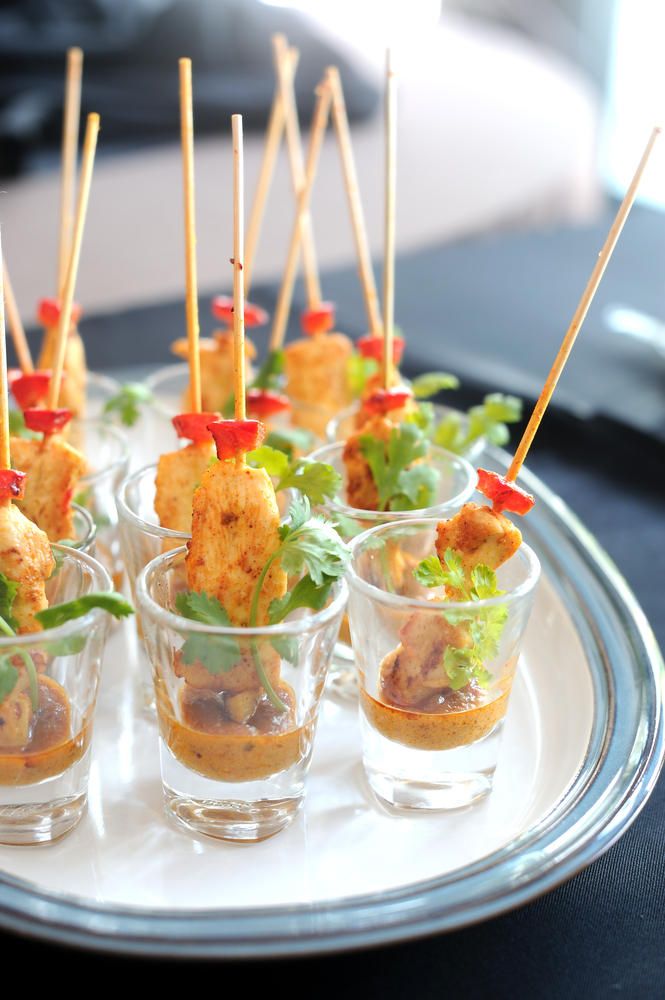 Be sure to get as much air out of the bag as possible when sealing, to help prevent freezer burn.
Be sure to get as much air out of the bag as possible when sealing, to help prevent freezer burn.
Other Quinoa Recipes to try…
- Sweet and Sour Quinoa Balls
- Spanish Style Quinoa
- Sweetcorn Quinoa Fritters
Have you tried this recipe? Please rate and leave a comment below or tag me on Instagram @healthylittlefoodies. I love seeing your creations!
Looking for more healthy kid recipes?Sign up for my free recipe newsletter to get new family friendly recipes in your inbox each week! Find me sharing more kind-friendly inspiration on Pinterest and Instagram.
4.75 from 12 votes
Cheese and Tomato Quinoa Balls
Delicious tomato, cheese and basil quinoa formed into balls.
Print Pin This
- ▢
Baking Tray
- ▢
Pan
- ▢ 100g (½ cup) Quinoa White or Tri-colour, uncooked
- ▢ 1 tbsp Olive Oil
- ▢ 1/2 Onion Finely chopped
- ▢ 1/4 tsp Garlic Minced
- ▢ 120g (½ cup) Canned Chopped Tomatoes
- ▢ 120ml (½ cup) Vegetable / Chicken Stock
- ▢ 60g (½ cup) Cheddar Cheese Grated (Shredded)
- ▢ 1 tbsp Fresh Basil leaves Chopped
- ▢ 1 Egg Beaten
Preheat oven to 180c / 350f / Gas 4
In a bowl soak the quinoa in water.
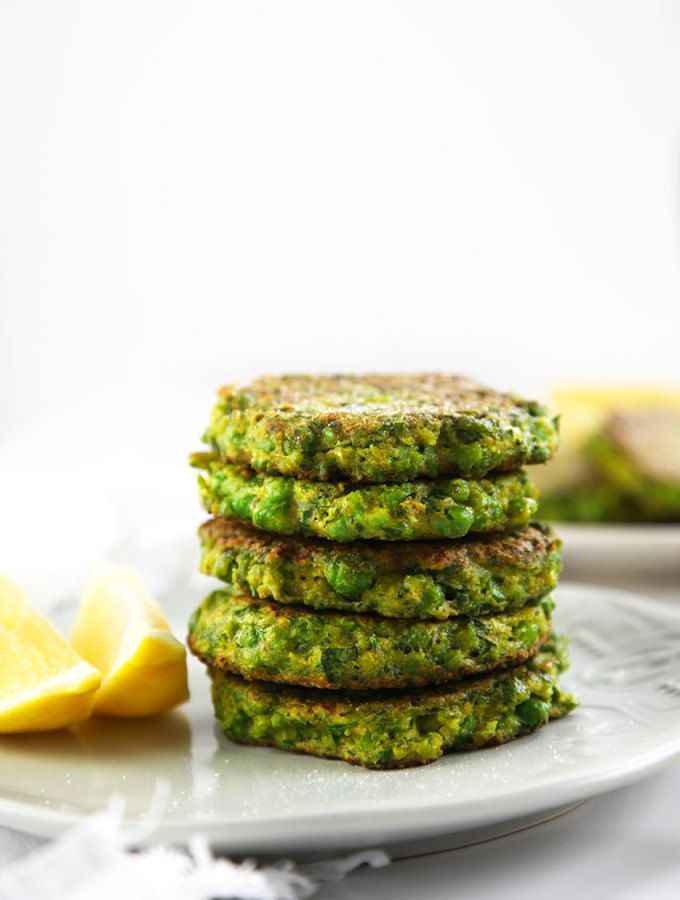
Heat oil, over medium heat, in a pan and gently sauté the onions and garlic until the onions become translucent. Around 5 mins.
Using a fine-mesh sieve, drain and thoroughly rinse the quinoa.
To the onions and garlic, add the tomatoes, stock, quinoa and stir. Bring to the boil, reduce the heat to low, cover and allow to simmer for 15 mins.
Turn the heat off and leave the quinoa to sit covered for a further 5 mins.
Stir in the cheddar cheese & basil.
Allow to cool and then stir in the beaten egg.
Form heaped tablespoon sized balls.
Bake in the oven for 25 mins or until golden.
Making for a Baby: Use water or homemade stock to reduce sodium levels.
Forming Balls: The balls will flatten slightly but if you are finding them difficult to form, place the mixture in the refrigerator for a further 10+ mins.
Short on Time? Now my kids are older I often don't bother forming balls (my youngest actually prefers it this way). Skip the egg and serve once you have stirred through the cheese and basil.
Extra cheesy optional step: Break each ball in half, add a small ball of mozzarella and reform the balls making sure the mozzarella is fully covered.
Storage: Refrigerate leftovers in an airtight container for up to two days. Alternatively, freeze on a baking tray until solid and then transfer to an airtight container or freezer bag. Be sure to get as much air out of the bag as possible when sealing, to help prevent freezer burn.
Nutritional information is a ROUGH guide only, calculated using an online nutrition calculator.
Nutrition Facts
Cheese and Tomato Quinoa Balls
Amount Per Serving
Calories 60 Calories from Fat 27
% Daily Value*
Fat 3g5%
Saturated Fat 1g5%
Cholesterol 16mg5%
Sodium 78mg3%
Potassium 71mg2%
Carbohydrates 6g2%
Fiber 1g4%
Sugar 1g1%
Protein 3g6%
Vitamin A 96IU2%
Vitamin C 1mg1%
Calcium 40mg4%
Iron 1mg6%
* Percent Daily Values are based on a 2000 calorie diet.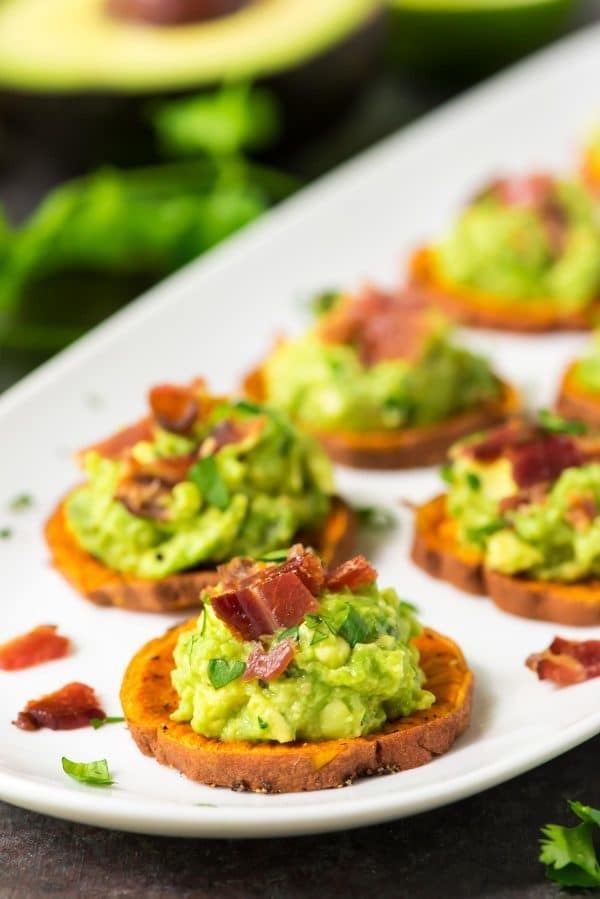
Course:Main Meal, Snack
Cuisine:Western
Keyword:Cheese and Tomato Quinoa Balls, Quinoa Balls
Did you make this recipe?Tag me on Instagram at @healthylittlefoodies or leave me a below.
Meet Amy
Amy Whiteford runs the blog Healthy Little Foodies. She is a mum to two, has a BSc (Hons) Food Science, PGDE Primary Education and a Certificate in Childhood Nutrition. She uses her experience and knowledge to create healthy and delicious recipes for kids. Explore the site for creative ideas, tips, and inspiration! Read more
How to raise a Healthy Little Foodie
Receive family friendly recipes, delivered weekly to your inbox, for FREE! And receive this FREE ebook - "How to Raise a Healthy Little Foodie"
Reader Interactions
Sweet Potato Quinoa Bites - Feeding Bytes
When my third child was a baby, I used to cook huge batches of these sweet potato quinoa bites and freeze them for a super speedy lunch or snack. And not only for the baby, I myself absolutely love the combo of the sweetness from the potato, the heartiness from the quinoa and the warmth of the spice.
And not only for the baby, I myself absolutely love the combo of the sweetness from the potato, the heartiness from the quinoa and the warmth of the spice.
Perfect fit for the little chubby hands, these bites are rich in protein, fiber and vitamin A, all very important components of a baby’s diet. And they do not crumble easily, so less mess to clean up after meals. (Yay!)
Feel free to substitute sweet potato with pumpkin, parsnips or another starchy vegetable if you like.
Whether you are using the traditional approach to starting solids, Baby Led Weaning or the mix, serve these bites from about 6-7 months or whenever your baby is ready to pick up food and self-feed.
If you would like to get the whole framework and all the steps to start your baby on solids using the mixed approach, check my Stress-Free Solids program – it’s completely online and has videos of babies eating both finger foods and purees, in addition to recipes, schedules and the latest scientific advice on introducing allergens.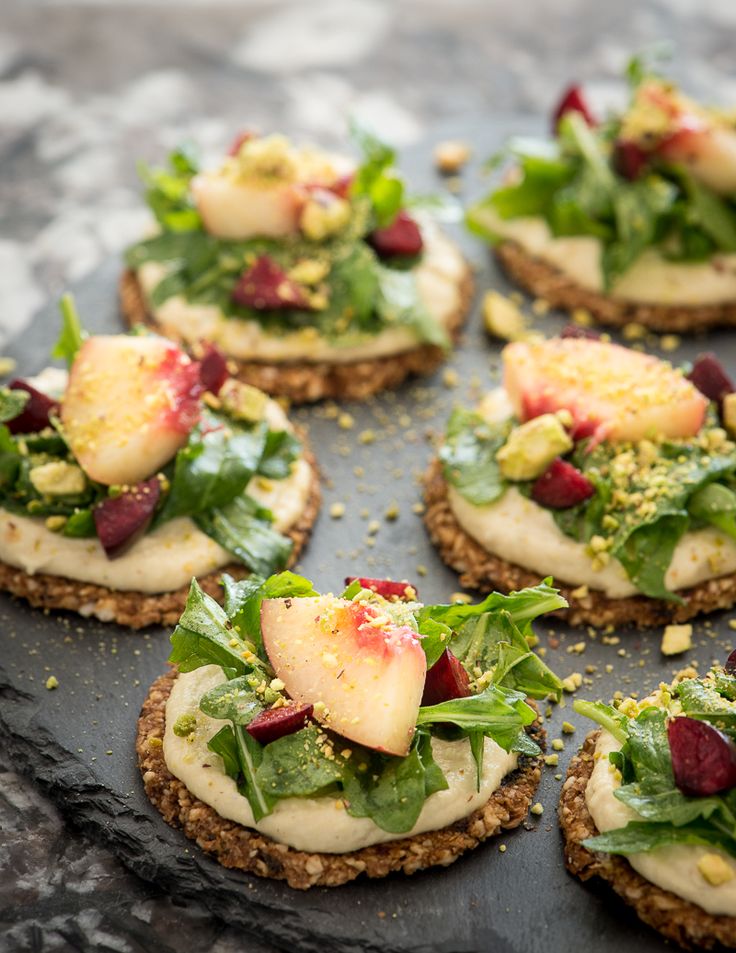
Sweet Potato Quinoa Bites
Makes: 8 bites
Ingredients:
1/3 cup quinoa
2/3 cup water or stock
1 medium sweet potato (about 1 cup mashed)
2 tablespoons any baby cereal, wheat or chickpea flour
1/4 teaspoon paprika
1/4 teaspoon cumin
1 tablespoon olive or coconut oil
Preparation:
Preheat oven to 390F
Roast the sweet potato until tender.
In the meanwhile, rinse the quinoa in cold water.
Place the quinoa in a pot with the water or stock and bring to a boil.
Reduce heat, cover and simmer until all the liquid has been absorbed, for about 15 minutes.
Peel and mash or puree the sweet potato.
Combine with the quinoa, cereal or flour and spices. Start with adding only half the quinoa to the potato mixture and keep adding more making sure the texture does not become crumbly. The patties should stick together pretty well. Some sweet potatoes are less starchy and will only “take in” a part of the quinoa.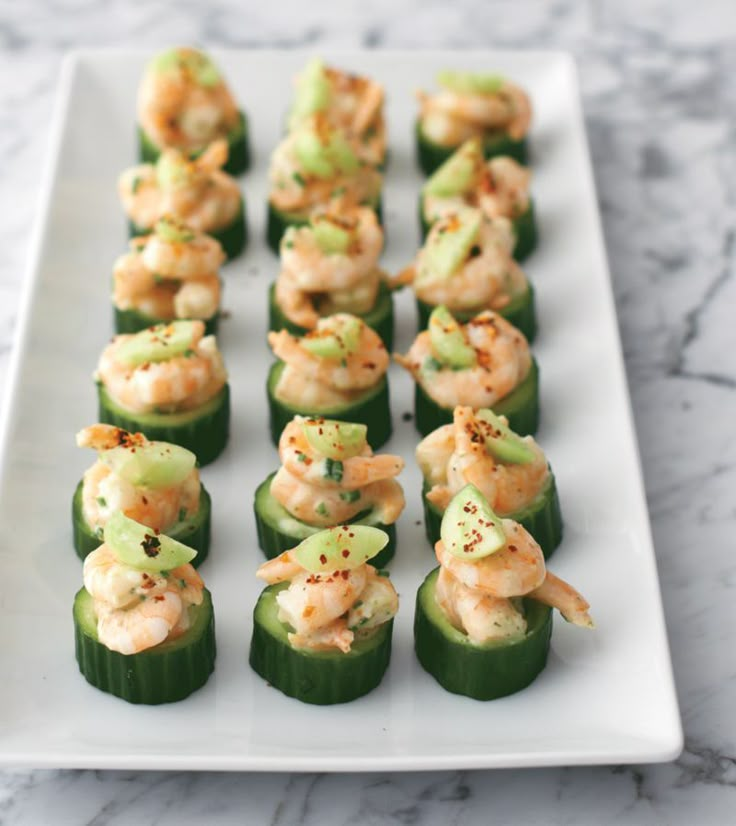 If the mixture still falls apart, add more baby cereal or flour.
If the mixture still falls apart, add more baby cereal or flour.
Scoop about 2 tablespoons of mixture, form balls with wet hands and flatten them slightly.
Heat a frying pan over medium heat and add the oil to the pan.
Sear the quinoa and sweet potato bites for 2-3 minutes on each side or until lightly browned.
Cool slightly and serve.
TIME-SAVING TIPS: Roast a few sweet potatoes to use in soups and salads throughout the week. Keep in a refrigerator for 2-3 days or mash and freeze for up to 2 months.
EDIT: For the original recipe, I tested 1/2 cup of dry quinoa and 1 cup of mashed sweet potato, and it worked great for me but a few readers mentioned that some bites were falling apart. I think the starch level in different varieties of sweet potatoes must affect how the bites hold together. So, to make sure the recipe works for all types of sweet potatoes, I decreased the amount of quinoa for 1/3 cup dry weight. It works perfectly, and the bites stay in one piece even when my toddler picks them up.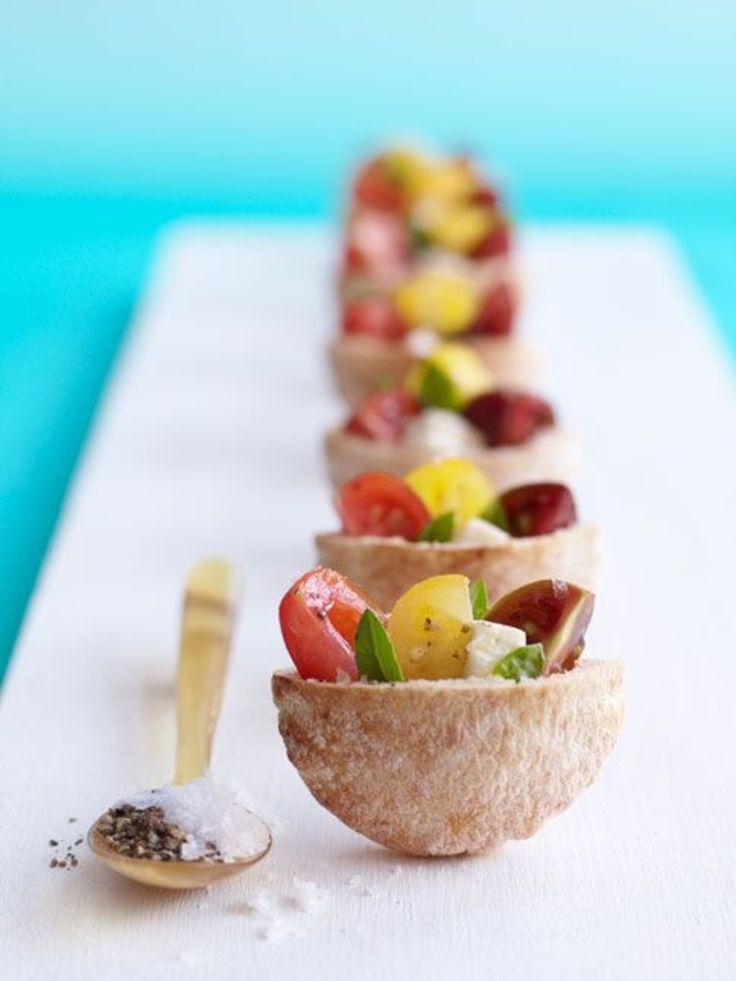 And to make sure your patties do not fall apart, add quinoa to the sweet potato puree gradually, making sure the mixture does not become too crumbly.
And to make sure your patties do not fall apart, add quinoa to the sweet potato puree gradually, making sure the mixture does not become too crumbly.
Cooked bites can also be stored in the refrigerator for 2-3 days and frozen for up to 1 month.
More finger food ideas for your baby:
Baby-friendly broccoli tater tots
High fiber low sugar breakfast muffins for picky eaters
65 whole food finger foods for baby
BLW breakfast ideas
Two recipe booklets included with Stress-Free Solids online program
Easy roasted vegetables – finger food for babies
Quinoa in baby food - Encyclopedia Baby food
Levchuk Victoria©Levchuk Victoria©
Quinoa in baby food is gradually gaining popularity as its status as a superfood becomes more widely recognized. Recently, parents have been thinking about whether to introduce this product into complementary foods?
The health benefits of quinoa include high protein content, a good source of vitamins and minerals, antioxidants, and high fiber content, which acts as a natural laxative. Let's see if quinoa is so useful in baby food.
Let's see if quinoa is so useful in baby food.
What is quinoa?
Contents:
Quinoa (rice quinoa) is a seed, not a grain, as many people think. However, it is used as a grain and can be cooked and served in place of foods such as rice and couscous.
The seeds are tiny and look like millet - or like caviar! The most common type of quinoa is ivory, but pink, red, brown, and black varieties can also be found. And the good news is that you can use different shades of quinoa in your recipes.
Quinoa's closest relatives are spinach and chard. The birthplace of this plant is South America, the Andes.
History of Quinoa
Quinoa was the staple food of the Native Americans for thousands of years before the Spanish conquest. This plant has been grown in the Andean regions such as Ecuador, Bolivia, Colombia and Peru, as well as in North America, including the United States. This was before corn and wheat were introduced to America. The name quinoa comes from the Native American language "quinoa" or "cinwa".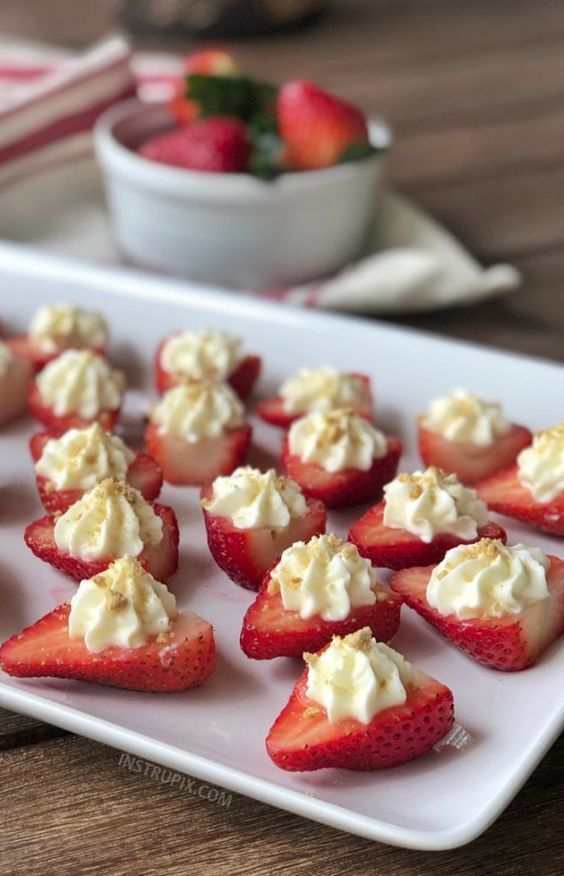
Quinoa grain production was ignored after the Spanish conquest and after the introduction of wheat and corn into these areas. To the indigenous Incas, quinoa was very sacred, and they called it the mother of all grains or "mother grain" and it was believed that its use increased the endurance of warriors.
Good to know!
- The first meal of porridge - market analysis of baby's first cereal plus life hacks.
- How to make baby puree thick in consistency.
- How to teach a child to chew - with exercises for the development of masticatory muscles.
The Spanish conquerors who came to America in the early 16th century almost destroyed all quinoa. Only a few patches of wild kinoia remain, and for almost 300 years it was almost forgotten. Quinoa has gained popularity in the last few decades. Several studies have shown that quinoa is a wonder grain when compared to wheat, corn, rice, or oats. Technically, quinoa is not a grain, but it is known as a pseudo-cereal. And the law of the places where the product is grown prohibits genetically modifying this grain.
And the law of the places where the product is grown prohibits genetically modifying this grain.
Benefits of Quinoa in baby food
Quinoa is equally beneficial for both baby and adult food. It is filled with fiber, calcium, folic acid, iron, etc. Since a child develops rapidly during the first year of life, it is important and beneficial to offer the necessary vitamins and minerals at this stage, which are found in abundance in quinoa. Here are a few benefits of adding quinoa to a child's diet:
Protein
Quinoa is an excellent source of protein for children. Protein helps support the growth and development of your baby. Although the protein content is not high in terms of other foods, these proteins contain essential amino acids. These essential amino acids cannot be synthesized by the body and must be obtained from food.
Vitamins
Quinoa is a good source of vitamins such as thiamin, niacin, riboflavin, pantothenic acid, vitamin B-6, folic acid, and vitamin E.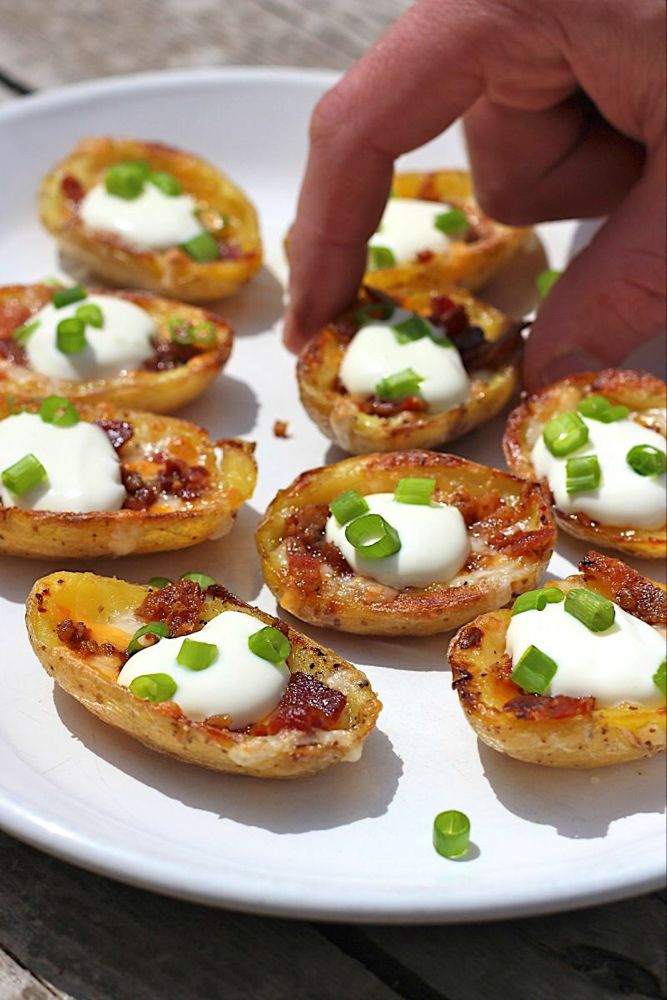 This list is just a few of the essential vitamins for a child's development, both mentally and physically. states.
This list is just a few of the essential vitamins for a child's development, both mentally and physically. states.
Minerals
Quinoa is a good source of calcium, iron, potassium, sodium, magnesium, zinc, phosphorus, etc. A child needs all these minerals for growth:
- Calcium, phosphorus, magnesium and other minerals are critical for bone growth.
- Iron helps in the production of hemoglobin, which in turn helps to oxygenate the body. Moreover, quinoa is a natural way to increase body reserves in the gland, which are so necessary for a child after 6 months of life.
- Potassium is an electrolyte with minimal side effects.
- Omega 3, 6, 9 fatty acids are good for brain and eye development.
- Lysine helps with growth and tissue repair, especially important for babies when they are learning to crawl, walk and run.
Antioxidants
Babies need to be well fed because they are growing rapidly in their first year of life.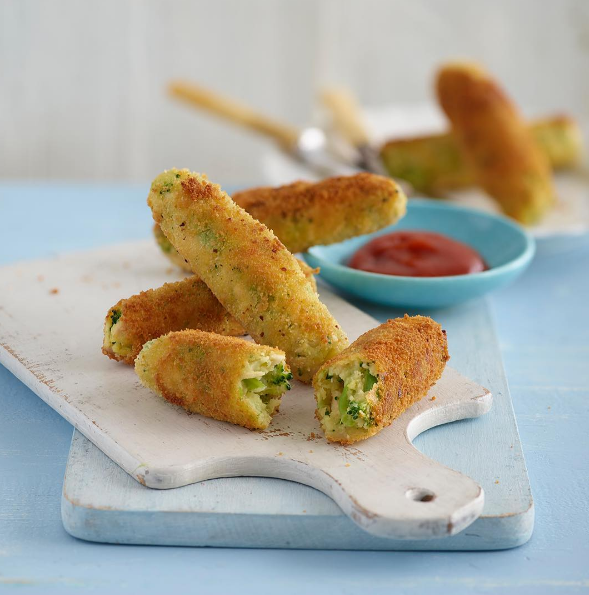 This requires a high metabolism, which can lead to the formation of free radicals in their small bodies. Quinoa comes with antioxidants that can scavenge free radicals in the body and prevent DNA damage. Antioxidants also reduce oxidative stress in the body.
This requires a high metabolism, which can lead to the formation of free radicals in their small bodies. Quinoa comes with antioxidants that can scavenge free radicals in the body and prevent DNA damage. Antioxidants also reduce oxidative stress in the body.
Fiber
The high amount of fiber makes quinoa a good laxative. Adding it to a child's diet can help keep the digestive system healthy. Many moms love quinoa in their baby formula because it prevents excess bloating and constipation. This product helps the child process other foods as well.
Carbohydrates
Quinoa is rich in carbohydrates and has a low glycemic index (GI), resulting in a sustained release of energy for children to play and learn.
The main benefit of quinoa in baby food is that this product does not contain gluten , so for babies who are gluten intolerant, this type of porridge greatly diversifies the diet.
In the complementary feeding scheme on the Encyclopedia of Baby Food website, I recommend introducing quinoa after rice, buckwheat and corn, since I consider these cereals to be the main ones in the child's diet with minimal reactions from the baby's digestive tract.
Approximately the age at which quinoa is introduced into a baby's complementary foods is around 7-8 months, depending on the pace at which new foods are being introduced into the diet.
Foreign sources believe that introducing quinoa porridge into baby food should be closer to 8 months. But our Russian sources believe that quinoa is dangerous for children under 2 years of age due to the substance saponin, which irritates the mucous surfaces of the stomach and intestines in young children. Therefore, it is worth balancing the benefits and risks, discussing with the pediatrician about the possibility of introducing quinoa into complementary foods before 2 years of age. Since this grain can completely replace meat if the kids do not eat it well. Also, being gluten-free can play an important role in deciding whether or not to introduce quinoa into complementary foods. All the same, the choice remains with the parents and the well-being of the child himself.
Quinoa Complementary Food
Quinoa Allergy
Quinoa is considered an overseas product, so introducing it into complementary foods should be done with caution in all the rules of waiting for a child's reaction to a new product.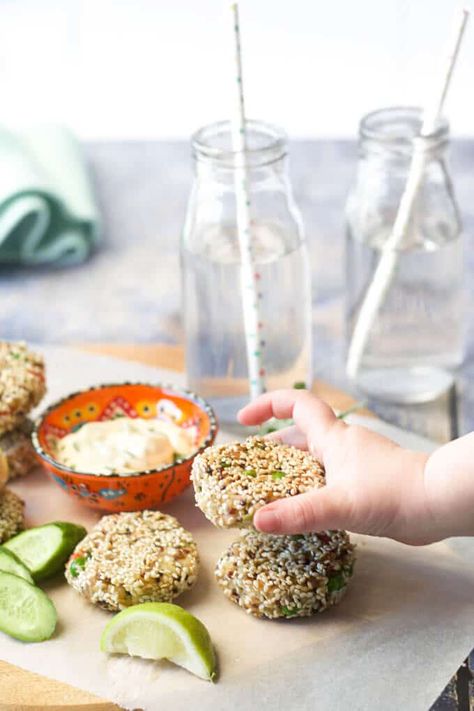
Since quinoa is not a cereal crop, it does not contain gluten, so this “grain” can be classified as a low-allergenic product. In this case, when asking about allergies, we focus on individual intolerance to the product, which can manifest itself as intestinal disorders and a rash on the skin.
Contraindications
Quinoa contains saponins (biologically active substances), which have a toxic effect on the child's body.
High levels of oxalates are dangerous for people suffering from gallstones and kidney disease. And phytic acid prevents calcium absorption.
How to eliminate the harm of quinoa
Of course, any harm can be reduced. Also, do not forget that the product, before getting into the packaging on the store counter, is processed and loses some of its properties.
The most harmful for the child's body is saponin, which belongs to plant glycosides, which are life-threatening only if they are injected into the body intravenously, in all other cases there will be only individual intolerance.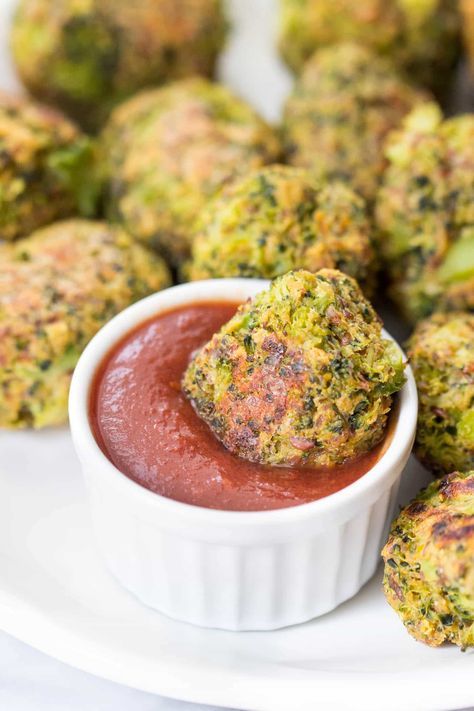 For a child younger than 1 year old, saponins are dangerous because the young stomach is not yet strong, the intestinal walls are not fully formed, so saponin can enter the bloodstream, but in small quantities.
For a child younger than 1 year old, saponins are dangerous because the young stomach is not yet strong, the intestinal walls are not fully formed, so saponin can enter the bloodstream, but in small quantities.
To keep the dose of saponins in quinoa to a minimum, it is necessary to buy quinoa in stores, as they sell groats peeled from the outer shell. Since saponin forms the top layer, it is bitter and needs quinoa to repel pests. Remaining saponins can be removed by soaking the cereal in cold water for a long time. Keep in water for about 2-8 hours and then rinse the quinoa thoroughly. The bitterness goes away and only the rice taste remains.
Incidentally, phytic acid is also removed from quinoa by long soaking.
How much quinoa per week?
Based on the above, quinoa should be present in small amounts in baby food. So, for example, only 100 grams of a dry product per day can satisfy the need of an adult body for iron and zinc by a quarter, so an adult can consume quinoa 2-3 times a week.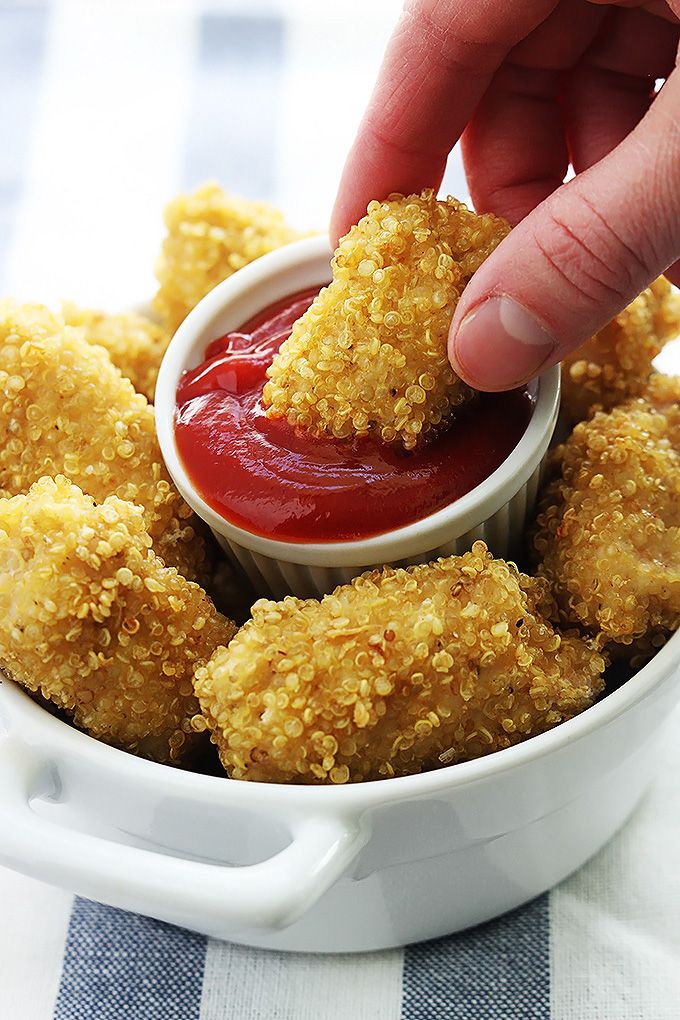 In the children's menu, cereals should be present no more than 1-2 times a week, 100 grams of the finished product at one meal.
In the children's menu, cereals should be present no more than 1-2 times a week, 100 grams of the finished product at one meal.
Although at first it is advised to give no more than 30 grams of quinoa during the first week, so that the baby's stomach gets used to it and only then increase the amount of the product to the prescribed norm in the age variant, but not more than 100 grams per meal. Later, when the cereal is introduced into complementary foods, it can be mixed with vegetables or meat up to the prescribed age norm.
How to give quinoa
Quinoa in baby food is a versatile way to diversify the children's menu. This cereal can be prepared in many ways.
The easiest way is to make quinoa porridge, then beat it with a blender to achieve a smooth consistency in the form of baby puree.
Traditionally, quinoa is used to make porridge, minced meat for cutlets, pilaf, soups, pasta, salads, and you can also make sweet desserts. The taste of cereals is very rich and unusual, a little grassy, with a slight bitterness and a nutty aftertaste, there is sweetness.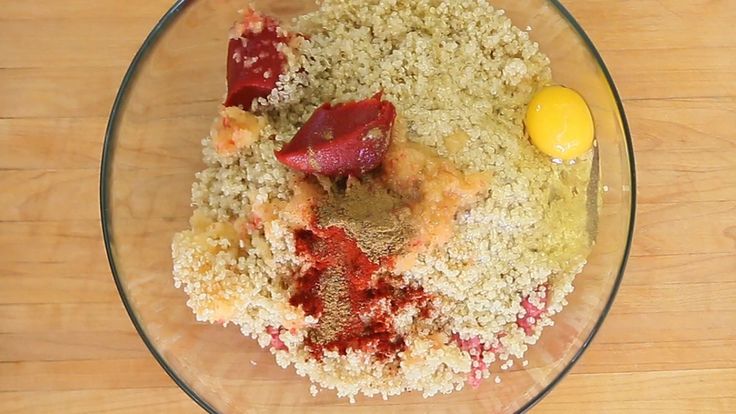 Quinoa is prepared like any cereal crop for 15-20 minutes in boiling water with the addition of spices and salt.
Quinoa is prepared like any cereal crop for 15-20 minutes in boiling water with the addition of spices and salt.
How do you select and store quinoa?
Quinoa used to be available only in health food stores, but today you can increasingly find this cereal in large hypermarkets and ordinary convenience stores at an affordable price. Of course, buckwheat or corn grits can be bought cheaper, but do not forget about the benefits of quinoa in baby food, and also that it can be given 1-2 times a week to saturate the child's body with all the nutrients, so one pack can be enough for 1.5 months , and maybe more if you cook children's soups.
When buying, you need to pay attention to the pack in which the quinoa is sold, it must be whole, not opened, dense. It is best to buy in large hypermarkets, where they monitor the quality of the goods and there is a great demand for quinoa, so that there is at least some guarantee that the cereal is fresh. We also look at the date of manufacture and packaging, again, so that the old rancid cereal does not come across.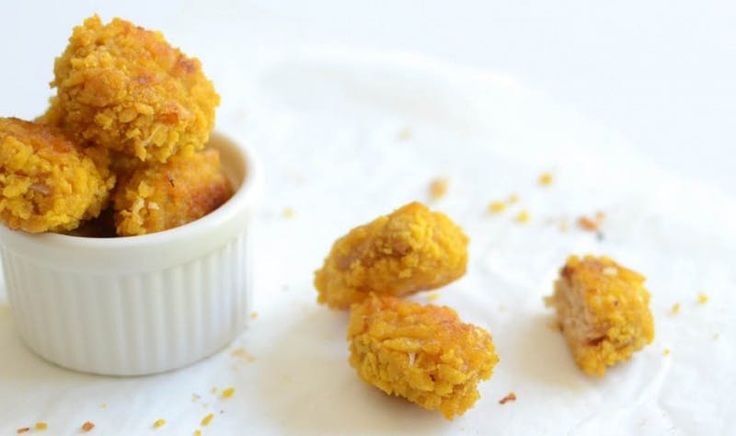
At home, quinoa is best stored for several months in a cool, dry place in an airtight container, preferably in the refrigerator. Refrigeration prevents the natural oils from the grain from turning rancid. If you buy pre-ground grains, then preference should be given to a small amount of the product and use it before the quinoa becomes rancid. It also applies to ground quinoa that you have prepared yourself at home. It is best to grind cereals for one preparation of complementary foods.
Quinoa has a shelf life of one year.
How to make quinoa in baby food
Soak and rinse . Quinoa must be soaked for 2-8 hours before cooking, preferably overnight, and then rinsed thoroughly, especially if it will be cooked for a child. This must be done to rid the cereal of bitterness and saponins. Although most quinoa sold in Russia is pre-washed to reduce bitter saponins. A sieve can be used for washing.
Roasting . If quinoa, after soaking and washing, is slightly fried in a pan, then the seeds can be easier to digest and enhance the taste.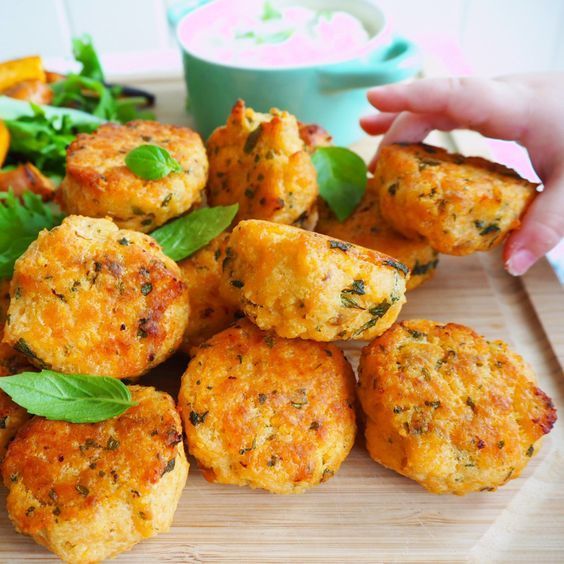 Add the required amount to the pan, heat over medium heat, stirring constantly to avoid burning. Once the quinoa turns golden brown, remove from heat.
Add the required amount to the pan, heat over medium heat, stirring constantly to avoid burning. Once the quinoa turns golden brown, remove from heat.
Preparation: Since quinoa can quadruple in size when cooked, like rice, use two to three cups of water per cup of quinoa. After cooking, it is also necessary to thoroughly rinse the boiled quinoa. Groats are considered ready when they become translucent, soft, veined, encircling the seed. Puree the finished quinoa with a blender, add milk or water to achieve a homogeneous consistency and serve to the child on the table.
If making baby puree with quinoa flour, stir 1 cup of quinoa into 2 cups of boiling water using a whisk to avoid lumps. Cook until done.
Microwave cooking of quinoa is not recommended as the taste will deteriorate significantly.
Freezing Quinoa
Quinoa can be frozen and stored in the refrigerator for up to 3 months. Frozen quinoa in the form of baby puree may become rubbery or gritty when thawed. Therefore, it is best to freeze boiled cereals, then when defrosted, it will not lose its taste properties. You can also freeze quinoa as part of various dishes, such as cutlets or meatballs.
Therefore, it is best to freeze boiled cereals, then when defrosted, it will not lose its taste properties. You can also freeze quinoa as part of various dishes, such as cutlets or meatballs.
Before freezing, quinoa must be boiled, then spread on a baking sheet or plate and allowed to cool. After putting everything in a bag and freezing, remember to indicate the date of freezing. If you need quinoa, then take the bag out of the freezer, put it overnight in the refrigerator to defrost or on the table for a couple of hours. You can defrost the product in the microwave, but it is better if it thaws naturally.
Foods that go well with quinoa:
Like this article? Subscribe to site updates
"Encyclopedia Baby Food"!
Don't forget to bookmark us! (CTRL+SHIFT+D) Subscribe to the site, comment, share in social networks.
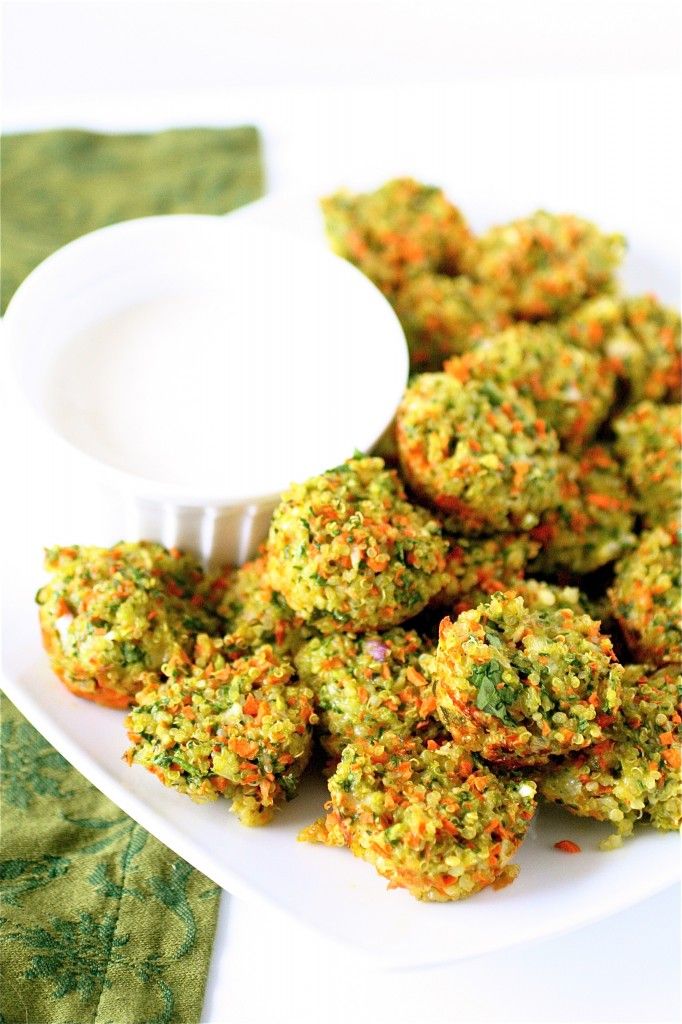
On our site Encyclopedia Baby Food there is useful information on the nutrition of your children, which is useful for everyone, and we update the site "Encyclopedia Baby Food" constantly and try to search and write only excellent, verified and necessary information for you and your children.
Disclaimer No. 1: It must be understood that the author of the articles on the Baby Food Encyclopedia website is not a medical staff, “I am not a doctor.” The information I share is based on my own experience. My goal is not to teach you how to eat or feed your child, but to talk about how we did it, what new things I learned or read. This expands the picture of Baby Food knowledge, gives you a glimpse of the whole process so you can decide if you like it or not.
Disclaimer No. 2 : However, the above does not cancel visiting a pediatrician. Before you start complementary foods, you need to get his professional opinion on the best way to introduce new foods for your baby.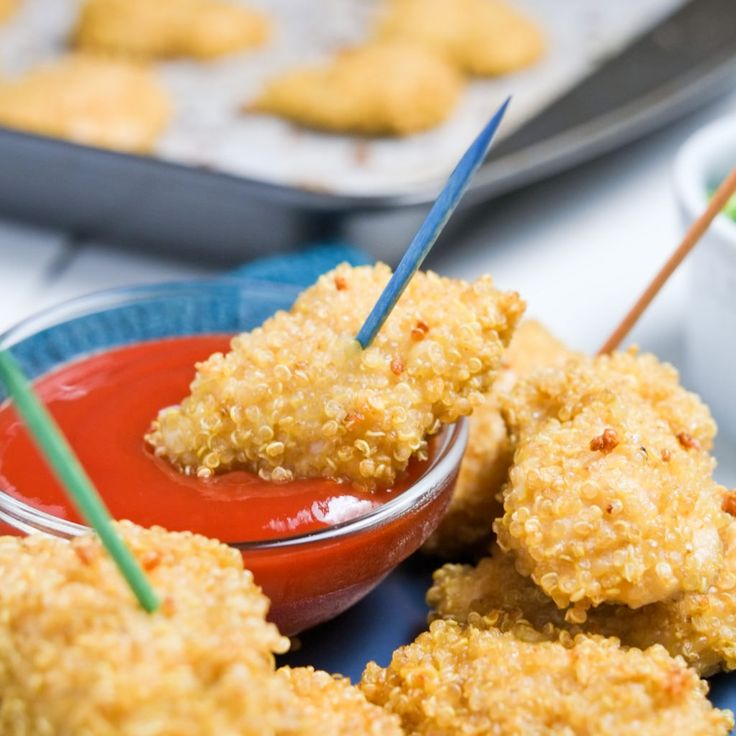 I also draw your attention to the fact that you need to look at the original date of the published articles, because some of the "best practices" may have changed. Always check with your child's pediatrician about complementary foods and their health.
I also draw your attention to the fact that you need to look at the original date of the published articles, because some of the "best practices" may have changed. Always check with your child's pediatrician about complementary foods and their health.
Disclaimer #3: Keep in mind that every family is unique, every situation is also completely unique. There are no universal solutions. Only you can find what works best for you. Certain goals require certain sacrifices and priorities - not everyone wants to make those choices, and that's GREAT! Just know what you want to achieve, and be ready to get to work, putting the best of your strength!
Disclaimer No. 4: On the Encyclopedia Baby Food website, photos from books on baby food with attribution are used to better understand the information (Article 1274, paragraph 1, part four of the Civil Code of the Russian Federation). Literature on baby food is found in the public domain on the Internet.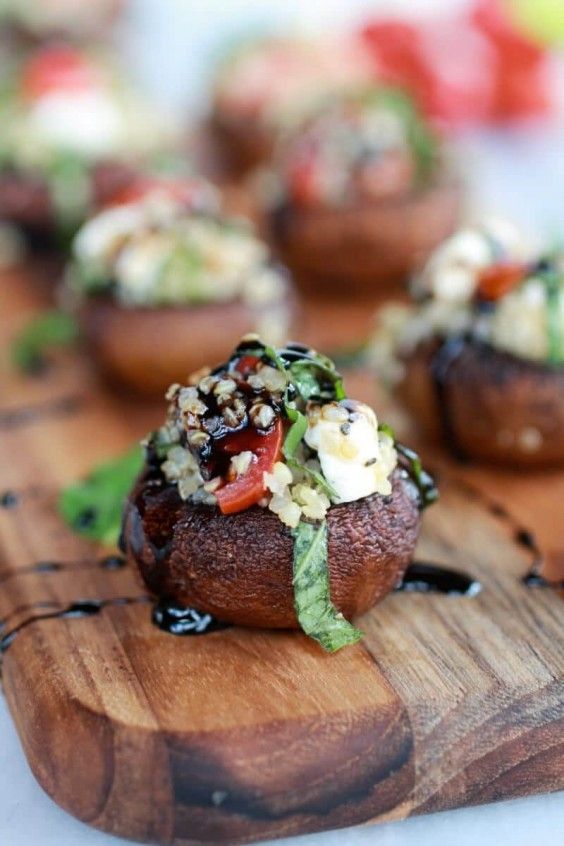
Apricot puree with chicken
Banan-global puree
Banana puree
borsch
broth with peas and rice
Boturbrod with kolrabi
Rapid dessert
sins
General cigaret Buckwheat porridge with apricots
Buckwheat porridge with banana
Buckwheat pilaf
Children's sausage
Children's milk porridge with banana
Children's vinaigrette
Children's ketchup
Children's cucumber salad
Children's salad Olivier
Children's porridge biscuits
Children's puree of strawberries, bananas, yellow cherries, yoghurt and biscuits with cereals
Children's puree with cottage cheese and fruits
Homemade yeast bread with flaxseed flour
Homemade cheese
Homemade pizza
6 Breakfast outside Kohlrabi appetizer
Roasted cauliflower
Roasted carrots
Roasted carrots and cherries with millet
Winter salad with Jerusalem artichoke
Cabbage with white beans
Cabbage salad like in a canteen
Mashed potatoes
Quinoa and pumpkin porridge
Quinoa porridge
Breakfast cereals
Quinoa and apple
Strawberry puree
Strawberry puree with banana
Strawberry compote
Wild apple and raspberry compote
Thermo-steamed dried fruit compote for children 8 months
Corn porridge
Corn porridge with pear
Corn porridge with pumpkin
Corn porridge with pumpkin and carrots
Corn porridge with apple and carrots
Chicken liver in the oven
Chicken cutlets with carrots
Chicken with carrots, bell peppers and potatoes
Navy pasta
Pasta with orange sauce
Gremolata pasta
Muffins with vegetables and egg
Jacket potatoes
Milk vermicelli soup6 Carrot puree
Carrot-rice casserole
Carrot with chicken
Amanita from eggs and tomatoes
Meat envelopes
Homemade Tarragon drink for children
Vegetable puree from cauliflower and carrots
Vegetable soup with corn semolina
Vegetable soup with cheese and corn semolina
Vegetable soup with spinach
Vegetable soup-puree with bell pepper
Oatmeal
Pollock fritters
Hot kefir fritters
Omelet and cauliflower 90 in a bag
Spinach and Cheese Omelet
Omelette Pancake
Peach Puree
Baked Apples 7 months +
Zucchini and Carrot Pie
Zucchini Pie
Rice and Zucchini Pie
Fish Pie
Fish and potato pie
White cabbage pizza
Lavash pizza
Zucchini, tomato and sausage pizza
Tomato and olive pizza
Spinach pizza
Rabbit pilaf
Chicken pilaf with green peas and corn Puree 906 and cherries
Banana, cottage cheese and porridge puree 4 cereals
Broccoli (cauliflower) puree
Broccoli, courgette and cauliflower puree
Blueberry puree
Pear puree
Pear and banana puree
Pear and banana puree, baked
Pear and pumpkin puree 7 months +
Pear, pumpkin and peach puree
Pear, apple, plum and prunes puree
Blackberry puree
Turkey puree
Zucchini puree 63 Zucchini puree 902 zucchini and broccoli
Zucchini, carrot and potato puree
Quinoa and banana puree
Quinoa and carrot puree
Quinoa, banana and carrot puree
Quinoa, squash and carrot puree
Quinoa, peach and raspberry puree
quinoa, cauliflower, apple, peas and mint
Quinoa, apple, pear and raisin puree
Quinoa, apple, carrot puree
Rabbit, broccoli and cauliflower puree
Chicken, carrot, potato, apple and pea puree
Raspberry, cherry and banana puree
carrots
Carrot and apple puree
Carrot, potato, broccoli puree with cheese
Carrot, potato, apple and quinoa puree
Carrot, pumpkin, apple and prunes puree
Carrot, apple and potato puree
Turnip and carrots
Plum puree
Cottage cheese, strawberry and banana puree
Pumpkin puree
Pumpkin and banana puree
Pumpkin and squash puree
Pumpkin and apple puree
Pumpkin, apple and banana puree
Cauliflower and broccoli puree
Cauliflower puree and potatoes
Cauliflower and rice puree
Cauliflower and apple puree
Cauliflower, green peas and squash puree
Cauliflower, turkey and potato puree
Cauliflower, potato and squash puree
Cauliflower, carrot and broccoli puree
Cauliflower, carrot, cheese and rice puree
Cauliflower, apple and courgette puree
Zucchini puree
Zucchini and potato puree
Zucchini, carrot and apple puree
cherries
Blueberry puree
Prune puree
Apple, pumpkin, carrot and some curry puree
Apple and pear puree
Apple and strawberry puree
Apple, strawberry and cherry puree
Apple, peach and banana puree
Carrot and pumpkin puree
Cottage cheese and banana puree
Turkey, potato and carrot stew
Zucchini, carrot and broccoli stew
Fish, potato, carrot and broccoli stew
Rice porridge
Whole grain rice porridge
carrot
Rice porridge with pumpkin
Rice porridge with apples
Rice porridge with apple and pear
Rice porridge with apple and pumpkin
Fish cakes with vegetables
Semi-cooked fish
Fish meatballs with ketchup
Baby Fish Soup
Salmon and Celery Fish Soup
Carrot and Kohlrabi Salad
Chickpea Salad
Chickpea and Cabbage Salad
The Laziest Soup
Creamy Kohlrabi Soup
Oatmeal Smoothie3 Sauce
Cheesy Pizza
Pea and Bacon Soup
Baked Vegetable Soup
Kohlrabi Soup
Salmon Soup
Cauliflower Soup
Turnip Potato Soup
Meatball Soup for the Picky Eater
Green apple kohlrabi soup
Rabbit, pumpkin, potato, broccoli and cauliflower soup
Beetroot soup
Pumpkin mushroom soup
Broccoli and celery soup
Soup/stew Pork with Potatoes and Carrots
Cheese Pasties
Pumpkin Cheese Sauce (Annabelle Carmel Recipe)
Buzz Lightyear Sandwich
Pumpkin Apple Puree
Pumpkin Apple Juice
Pumpkin Cake
Pumpkin Soup 9 Puree
Fruit Salad 63 Bread lavash
Cauliflower with cheese
Linden and thyme tea
Experimental soup-puree with vermicelli and lentils
Apple puree
Apple juice
Don’t be afraid and add me to VK and Instagram, Odnoklassniki!
Like this article? Subscribe to site updates
"Encyclopedia Baby Food"!
Don't forget to bookmark us! (CTRL+SHIFT+D) Subscribe to the site, comment, share in social networks.
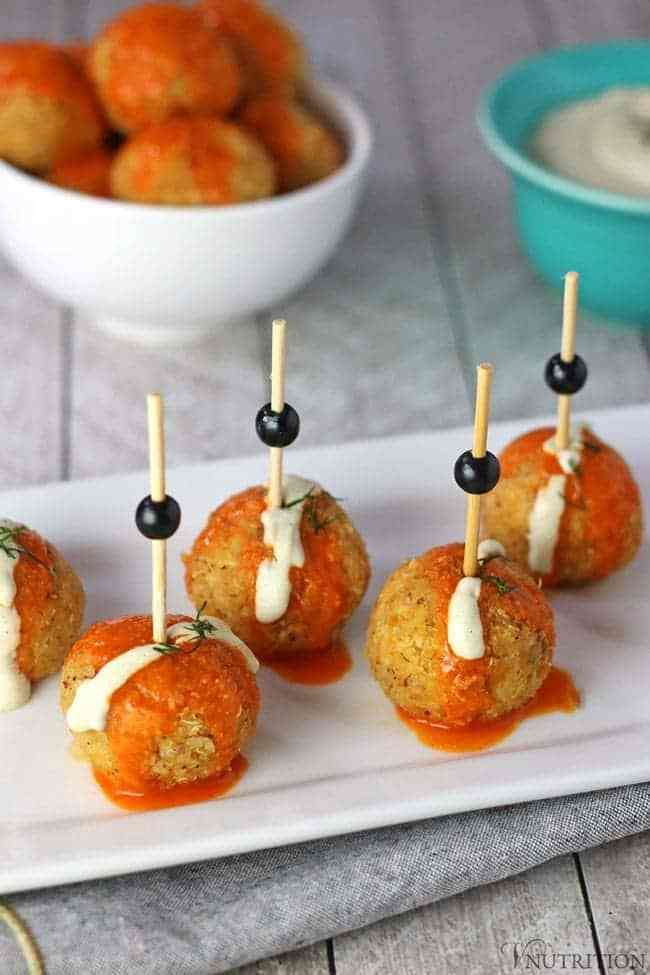
On our site Encyclopedia Baby Food there is useful information on the nutrition of your children, which is useful for everyone, and we update the site "Encyclopedia Baby Food" constantly and try to search and write only excellent, verified and necessary information for you and your children.
Disclaimer No. 1: It must be understood that the author of the articles on the Baby Food Encyclopedia website is not a medical staff, “I am not a doctor.” The information I share is based on my own experience. My goal is not to teach you how to eat or feed your child, but to talk about how we did it, what new things I learned or read. This expands the picture of Baby Food knowledge, gives you a glimpse of the whole process so you can decide if you like it or not.
Disclaimer No. 2 : However, the above does not cancel visiting a pediatrician. Before you start complementary foods, you need to get his professional opinion on the best way to introduce new foods for your baby.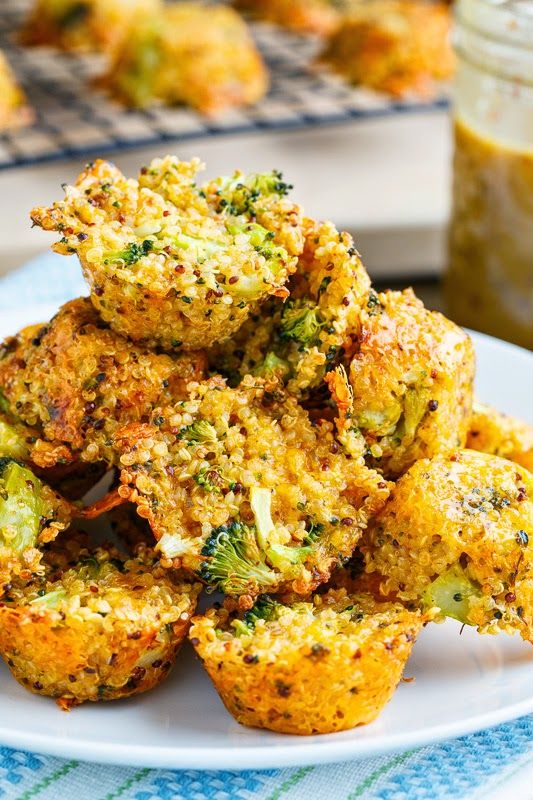 I also draw your attention to the fact that you need to look at the original date of the published articles, because some of the "best practices" may have changed. Always check with your child's pediatrician about complementary foods and their health.
I also draw your attention to the fact that you need to look at the original date of the published articles, because some of the "best practices" may have changed. Always check with your child's pediatrician about complementary foods and their health.
Disclaimer #3: Keep in mind that every family is unique, every situation is also completely unique. There are no universal solutions. Only you can find what works best for you. Certain goals require certain sacrifices and priorities - not everyone wants to make that choice, and that's GREAT! Just know what you want to achieve, and be ready to get to work, putting the best of your strength!
Disclaimer No. 4: On the Encyclopedia Baby Food website, photos from books on baby food with attribution are used to better understand the information (Article 1274, paragraph 1, part four of the Civil Code of the Russian Federation). Literature on baby food is found in the public domain on the Internet.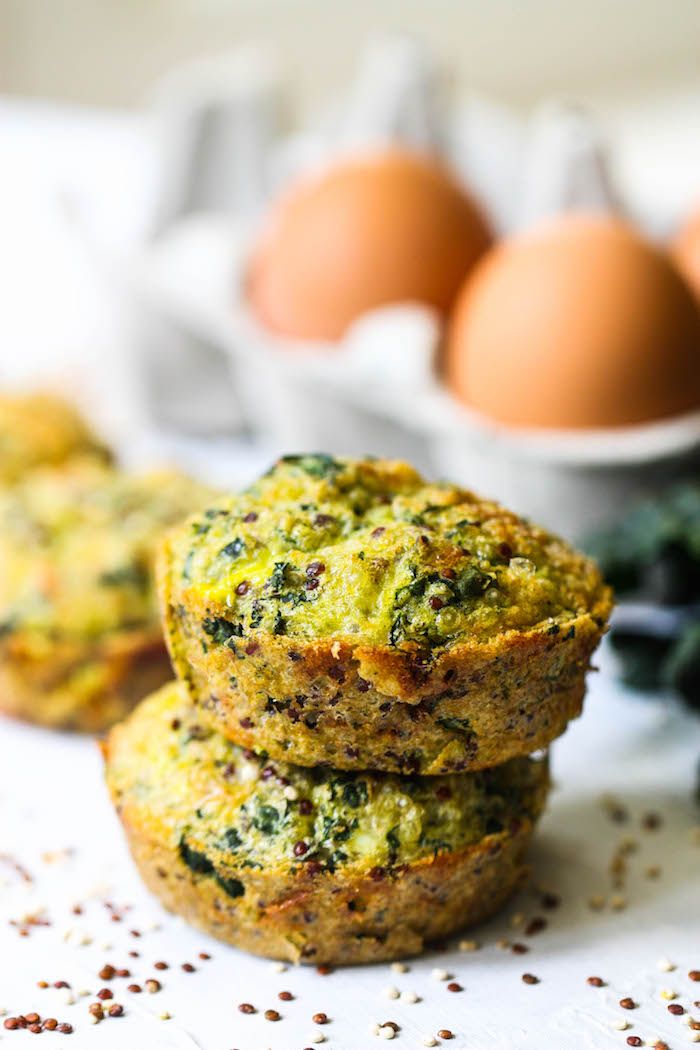
Disclaimer No. 5: Content, editing, proofreading, layout, etc. produced ONLY by the author of the site Encyclopedia Baby food. Therefore, I apologize for spelling, punctuation and stylistic errors. If you notice a mistake, please report it, and do not write angry comments about the illiteracy of the author of the article.
Apricot puree with chicken
Banana-apple puree
Banana puree
Borscht
Broth with peas and rice
Baby mashed potatoes with cottage cheese and fruits
Home yeast bread with linen flour
Home cheese
Home pizza
Breakfast on the street
Opeling from kolrabi
Baked carrots
Baked carrots and cherries with a prose of
white beans
Canteen-style coleslaw
Mashed potatoes
Quinoa and pumpkin porridge
Quinoa porridge
Breakfast cereals
Quinoa and apple
Strawberry puree
Strawberry puree with banana
Strawberry compote
Compote of wild apples and raspberries
Compote of dried fruits steamed in a thermos for a baby over 8 months old
Corn porridge
Corn porridge with pear
Corn porridge9 with pumpkin
Corn and carrot porridge3 Corn porridge with apple and carrots
Chicken liver in the oven
Chicken cutlets with carrots
Chicken with carrots, sweet peppers and potatoes
Navy pasta
Pasta with orange sauce
Pasta with Gremolata
Muffins with vegetables and egg
New potatoes in their skins
Vermicelli milk soup
Carrot and potato puree
Carrot and rice casserole
Carrot with chicken
Fly agaric from eggs and tomatoes children
Cauliflower and carrot vegetable puree
Vegetable soup with corn semolina
Vegetable soup with cheese and corn semolina
Vegetable soup with spinach
Vegetable puree soup with bell pepper
Oatmeal porridge
pancakes from polions
pancakes on hot kefir
omelet in a package
omelet with broccoli and cauliflower
omnete with spinach and cheese
Persian pyra
baked pies from kaba
Rice and zucchini pie
Fish pie
Fish and potato pie
White cabbage pizza
Lavash pizza
Zucchini, tomato and sausage pizza
Tomato and olive pizza
Pizza with spinach
Rabbit pilaf
Chicken pilaf with green peas and corn
Banana and cherry puree
Banana, cottage cheese and porridge puree 4 grains
Broccoli (cauliflower) puree
Broccoli, squash and cauliflower puree
Blueberry puree
Pear puree
Pear and banana puree
Pear and banana puree, baked
Pear and pumpkin puree 7 months +
Pear, pumpkin and peach puree
Pear, apple, plum and prunes puree
Blackberry puree
Turkey puree
Zucchini puree
Zucchini and broccoli puree
Zucchini, carrot and potato puree
Quinoa and banana puree
Quinoa and carrot puree
Quinoa, banana and carrot puree 9066 , zucchini and carrots
Quinoa, peach and raspberry puree
Quinoa, cauliflower, apple, pea and mint puree
Quinoa, apple, pear and raisin puree
Quinoa, apple, carrot puree
Rabbit, broccoli and mint puree cauliflower
Chicken, carrot, potato, apple and pea puree
Raspberry, cherry and banana puree
Carrot puree
Carrot and apple puree
Carrot, potato, broccoli puree with cheese
Carrot, potato, apple and quinoa puree
Carrot, pumpkin, apple and prunes puree
Carrot, apple and potato puree
Turnip and carrot puree
Plum puree
Cottage cheese, strawberry and banana puree
Pumpkin puree
Pumpkin and banana puree
Pumpkin and banana puree
and zucchini
Pumpkin and apple puree
Pumpkin, apple and banana puree
Cauliflower and broccoli puree
Cauliflower and potato puree
Cauliflower and rice puree
Cauliflower and apple puree
Cauliflower and green pea puree and squash
Cauliflower, turkey and potato puree
Cauliflower, potato and squash puree
Cauliflower, carrot and broccoli puree
Cauliflower, carrot, cheese and rice puree
Cauliflower, apple and squash puree
Zucchini puree
Zucchini and potato puree
Zucchini, carrot and apple puree
Cherry puree
Blueberry puree
Prune puree
Apple, pumpkin, carrot and some curry puree
toy apple puree apple and strawberry puree
Apple, strawberry and cherry puree
Apple, peach and banana puree
Carrot and pumpkin puree
Cottage cheese and banana puree
Turkey, potato and carrot stew
Zucchini, carrot and broccoli stew
Fish, potato, carrot and broccoli stew
Rice porridge
Whole grain rice porridge
Rice porridge with carrots
Rice porridge with pumpkin
Rice porridge with apples
Rice porridge with apple and pear
Rice porridge with apple and pumpkin
Rice porridge with apple and pumpkin
cutlets with vegetables
Ready-to-cook fish
Fish meatballs with ketchup
Fish soup for children
Fish soup with salmon and celery
Carrot and kohlrabi salad
Chickpea salad
Chickpea and cabbage salad
Laziest Soup
Creamy Kohlrabi Soup
Oatmeal Smoothie
Pot Sauce
Cheese Pizza Sauce
Pea and Bacon Soup
Roasted Vegetable Soup
Kohlrabi Soup
Cauliflower Soup
Salmon Soup
with potatoes and turnips
Meatball soup for the picky eater
Kohlrabi puree soup with green apple
Rabbit, pumpkin, potato, broccoli and cauliflower soup
Beetroot puree
Pumpkin puree with mushrooms
Broccoli and Celery Soup
Pork Potato and Carrot Soup/Steady
Cheese Chebureks
Pumpkin Cheese Sauce (Annabelle Carmel Recipe)
Buzz Lightyear Sandwich
Pumpkin-Apple Puree
Pumpkin-Apple3 Pumpkin Juice 2
puree soup
Fruit salad
Mango fruit salad
Lavash bread
Cauliflower with cheese
Linden and thyme tea
Experimental pasta and lentil soup puree
Apple puree
Apple juice
Baby jelly - step by step recipe with photo
Rate it
Buy groceries Baby jelly is a delicacy that kids are ready to eat endlessly.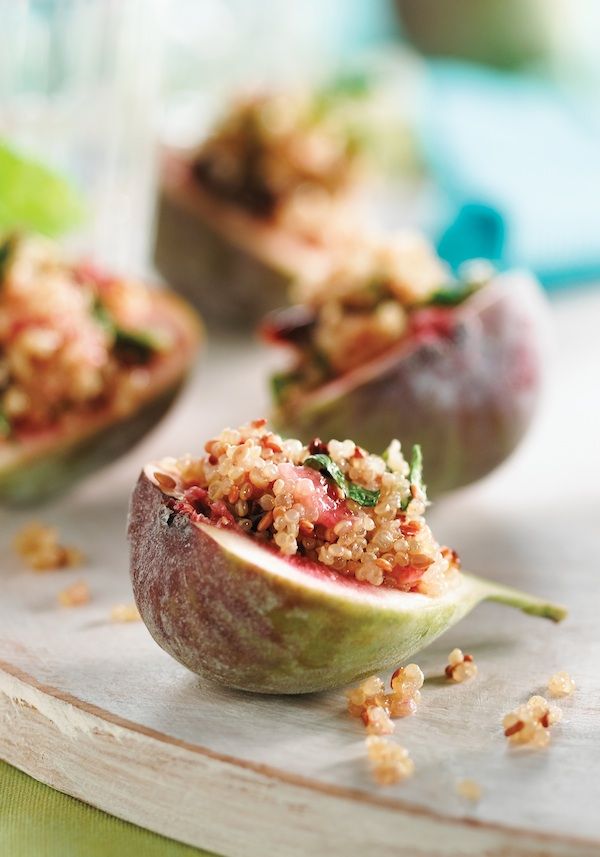 Their attention is drawn to the trembling texture of the dessert. Jelly is most often prepared for birthdays. There are many recipes. One of the popular ones is a multilayer jelly made from milk and oranges. The cooking process will take about 4 hours, but most of the time the dessert will stand in the refrigerator.
Their attention is drawn to the trembling texture of the dessert. Jelly is most often prepared for birthdays. There are many recipes. One of the popular ones is a multilayer jelly made from milk and oranges. The cooking process will take about 4 hours, but most of the time the dessert will stand in the refrigerator.
Author: Anna Sinitsyna,
culinary editor Food.ru
Nutritional value per 100 g Calories calculated for raw foods.
Will be ready in
4 hours
Time in the kitchen
40 minutes
Difficulty
We estimate the complexity of recipes so that you can calculate your time and effort.
Levels 1-2: very simple and simple dishes.
Level 3: preparation is clear, but experience is needed, it may not work the first time.
Levels 4 and 5 require special technique, skill and time.
Spicy
Assessing how spicy the dish will turn out, to which pepper or spices are added according to the recipe.
1 - food was peppered quite a bit.
2 - pepper is felt, but the dish does not have a sharp aftertaste.
3 - A slight "sharp" aftertaste appears.
4 - pepper is strongly felt, but the dish can still be eaten without drinking.
Number 5 is very spicy food, not everyone will eat it!
Kitchen
European
Common allergen
Here we draw your attention to whether the dish contains common and dangerous allergens. Before cooking, make sure that you do not have an individual intolerance to other products from the list of ingredients.
Cow's milk protein
Make sure that you do not have an individual intolerance to other ingredients.
Products for the recipe
Piece
For the dish
| Milk | 250 ml = 250 g |
| Orange | 1 pc. = 125 g = 125 g |
| Sugar | 100 g |
| Gelatine powder | 20 g |
| Vanilla sugar 907 1h8 907 = 8 g | |
| Water | 220 ml = 220 g |
for filing
order groceries
Healthier:
Liquid honey can be used instead of sugar, its amount should be calculated based on taste preferences.
Step by Step Photo Recipe
Get Ready
Arrange all ingredients conveniently. Wash the oranges and peel them.
Step 1
Prepare gelatin. Dissolve gelatin in 50 ml of warm water. Let it swell for 15 minutes.
Step 2
Prepare the oranges. Remove the zest from 1 orange. Cut the oranges in half, squeeze the juice out of them and strain through a strainer.


